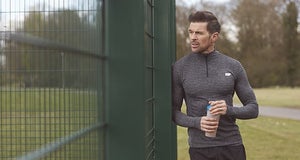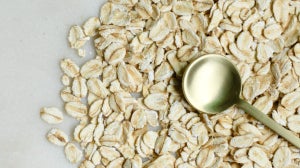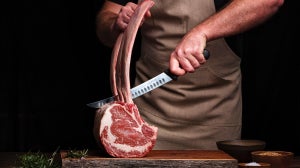
1. When and How Many Miles Should I Run?
When it comes to running most beginner runners make the common mistake of running too much or too far too soon. If you want to start running, that’s great, but don’t aim to run a half marathon straight away. By running too far too soon you’ll not only be sore the next day but you may even risk an injury- especially if you’re not in shape or have a poor level of fitness. It’s also important not to run every single day when starting out to prevent overuse injuries.
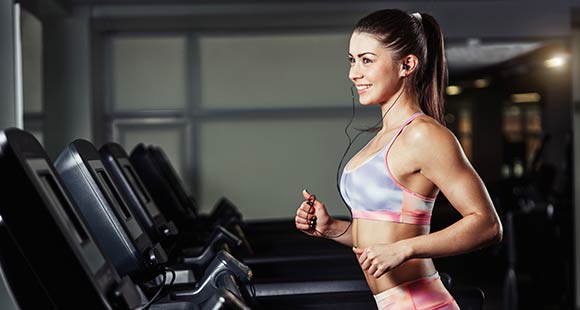
When it comes to setting up how many miles you should run, if you’re starting from scratch and lack endurance fitness, please go easy! To begin with- look at your schedule and set aside dedicated times to run- to begin with try and make this around 20minutes. If you don’t think your fitness is high enough to run for 20 minutes straight, try setting yourself intervals- such as 4 minutes of running, 1 minute of walking. If you regularly play sports and are fit when it comes to endurance, feel free to increase this to 30-45 minutes- but listen to your body and how you feel after running to prevent soreness and injury... after all once you get going it can be easy to get carried away!
2. Should I Run on the Treadmill or Outside?
There seems to be an ongoing debate about whether treadmills or running out side is best for you. The truth is both have advantages and disadvantages. For example treadmills are beneficial for when the weather takes a turn for the worst or helping you to know your own body in terms of running pace and distance. Not only this, but treadmills have a cushion surface which can lower impact and risk of injury.
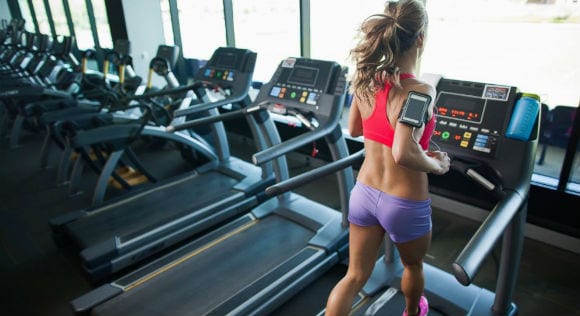
However, some runners may use the phrase “dreadmill”, whereby only running on the treadmill cannot only be boring and leave you stuck indoors, but because the belt of a treadmill moves underneath your feet, it also doesn't teach you to maintain pace on your own. By running outside you can also get to grips with different terrain and up and down hill running, which will help improve your fitness and strength. Overall its best to incorporate both the treadmill and outdoor running into your routine- try and run outside wherever possible and use treadmills during times of convenience.
3. What Stretches Should I Be Doing?
I often hear people debating over whether stretching is essential- well it is for running, so make sure you fully stretch your legs when your muscles are warm straight after running. The top stretches you should be doing include calf stretches, hamstring stretches, quadriceps stretches, and hip flexor stretches.
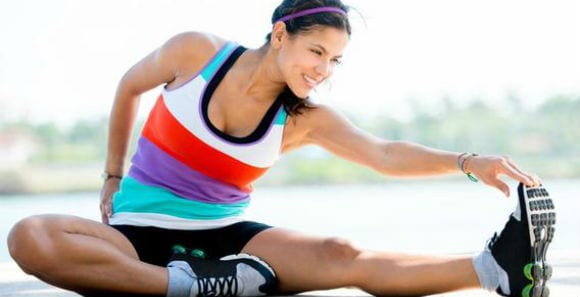
Calf stretches including the step drop stretch and wall push, can help increase flexibility of the calves preventing tightness in the lower leg and shin splints.
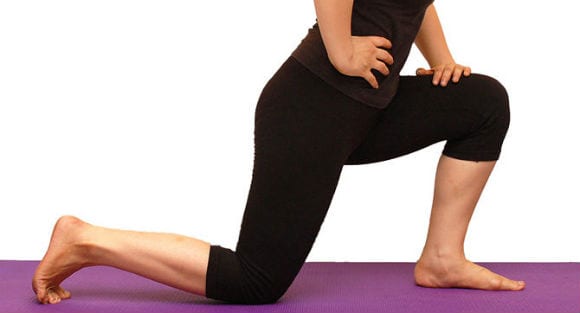
Hamstring stretches can help loosen and strengthen the hamstrings and can easily be done using a rope, resistance band or even a dressing gown tie! Lie on your back with one foot flat on the floor, wrap the rope around the ball of your foot and straighten that leg in the air. Use the rope to guide the raise and straightening of the leg.
By regularly performing the quadriceps stretch,this forces the hamstrings to contract which can help them get stronger whilst increasing the flexibility of the quads, whilst the hip flexor stretch can help increase the flexibility of your hip flexors- which is a top cause of injury in running.
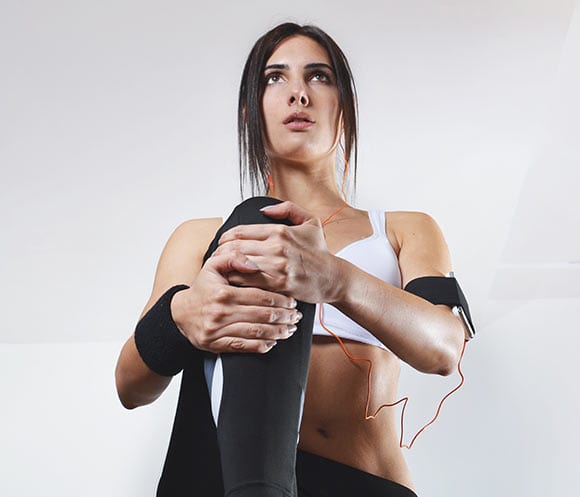
4. What Should I be Eating?
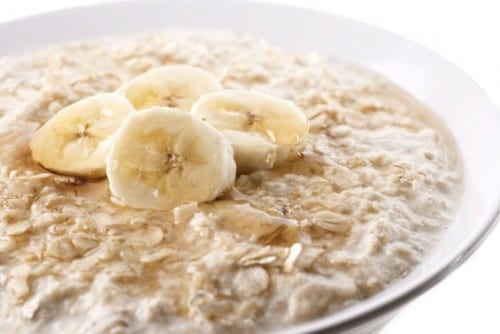
When it comes to eating for running this generally depends on your mileage.For beginners, if you already eat a balanced diet this won’t need to change too drastically, but as you begin to run more you need to increase your complex carbohydrate intake. When we run the muscles use a store of energy called glycogen. By eating complex carbohydrates such as bread, rice and pasta regularly you can provide the muscles with a slow releasing source of this energy, whilst fruits and simple sugars can provide a quick source of glycogen for energy.
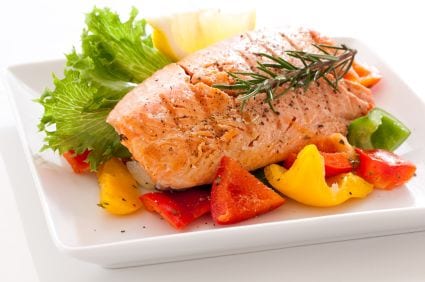
One macronutrient that runners tend to avoid is protein!Protein is essential for muscle recovery and the maintenance of muscle mass. By not consuming enough protein in the diet, running can act catabolically- leading to muscle wastage and damage. Make sure you consume 20g of protein with each meal and look into supplements such as whey protein for straight after your run. Whey protein is fast acting and due to an extensive amino acid profile, can help recover the muscle fibres damaged in running, making you stronger and reduce aches and pains.
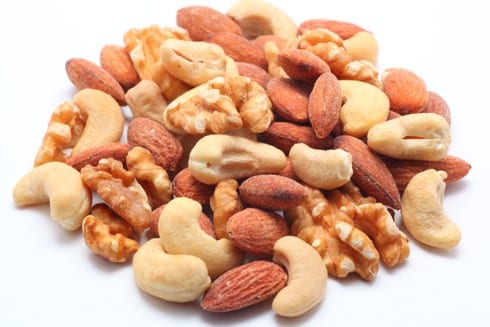
Many people begin running to lose weight- therefore a major food group they avoid are fats.When running its important to make sure you get enough healthy fats. These mono and poly unsaturated fats can provide us with essential fatty acids that can actually aid weight loss! Overall healthy fats are great for cardiovascular health, so try and consume small portions of foods such as avocados, nuts, seed and fatty fish in your diet.
5. Why Should I Choose to Run?
Running is a great sport that can be done on your own, with a friend or in groups! By starting to run you can not only increase your physical fitness but also your mental health. Studies have actually shown that running can help relieve stress and also boost mood in general. Not only this, but because running works all muscles in the body and is a weight bearing exercise this can help strengthen and condition muscle and help maintain a healthy weight. Not only this but running can act to increase levels of good cholesterol and lower blood pressure. Overall, running is a great form of cardiovascular exercise which can be part of a healthy lifestyle but aside from the physical benefits you should run for your own enjoyment and leisure.
Energy Gels


